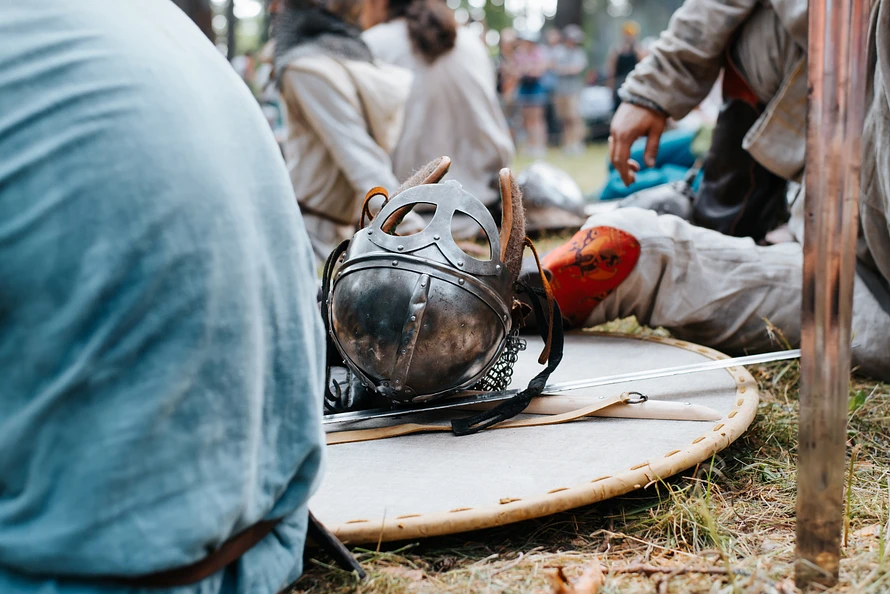Playground LARPing

In the United States, LARP games are often either combat focused or based on a win-lose conflict model of storytelling. These Combat LARPs are a union of sport-fighting and storytelling, with a large emphasis on "winning" by defeating an enemy.
Some Combat LARPs have been called "amusement park" games, where a team of storytellers create story rides for players to experience.(1) These are called "mods" or story modules, and this strategy is helpful for organizing large-scale events. However, they can also set up a consumer culture where players expect to given "plot" adventures by game runners.
A completely different approach to LARPs are the Nordic LARPs in Europe and Parlor LARPs in the US. Many call this sort of game a Chamber LARP(2). These games focus on role-play and emotional storytelling and often have little to no physical combat. And while some Combat LARPs also include these emotional elements, they are usually secondary to a sport-focused fighting game. The goal of Chamber LARPs is not based on win-lose conditions, but on the joy of collective storytelling itself. These games are also be used to explore emotional experiences in embodied ways that reading a book or watching a movie cannot replicate.
What is a Playground LARP?

Both Combat and Chamber LARPs can be based on an open-world format, where players have the freedom to explore the fictional world however they want. But a Sandbox LARP takes this even further and does not include mods or pre-planned activities. The challenge with a pure Sandbox style, however, is that there is a high potential for players to not know what to do or how to play. Or the very real threat of simple boredom.
Playground LARPing attempts to address the challenges with Sandbox games by providing narrative structures for players to interact with. Unlike mods, they are not a pre-determined experience for players to move through like an amusement park ride. Instead, they are activities, items, events, or NPCs (non-player characters) that players can freely interact with throughout the LARP.
A Playground LARP could focus on either combat or role-play, depending on what structures are offered. A structure might be a villainous character that could be killed, reformed, or allied with. Or a cursed river that affects the world and invites player investigation or avoidance. Or even a situation like limited resources that provide an opportunity for players to have conflict with each other.
Play structures, much like playground equipment for children, are designed to be inherently fun, challenging, and invite play. But they do not chase down children, nor is the slide insulted when the children play on the swings. They are ready and waiting, for whenever the children want to play on them. Sometimes, children simply want to dig in the sand and ignore play structures all together!
The same can be said for LARP players. Each game must communicate what sort of LARP event is being run to set expectations. Some players will love one type of LARP but loathe another. And that's fine! Playground LARPs invite players who seek active collaboration and creative storytelling role-play. But they will be disappointing to players with a consumer mindset expecting to be presented with "mods" for their enjoyment.
A Playground LARP is not dependent on game runners for success, and will only be "good" if the players engage play structures proactively.
This approach to LARPing is not for everyone, and especially not for beginners. However, it also can provide a different approach with real benefits.
What do you think? Would you ever participate in a Playground LARP?
-----
References
1. Koljonen, J., & Arbjørn, J. H. (2020). LARP design: Creating role-play experiences. Landsforeningen Bifrost. (full text)
2. Transformative role-playing game design. (2025). In Acta Universitatis Upsaliensis eBooks. (full text)